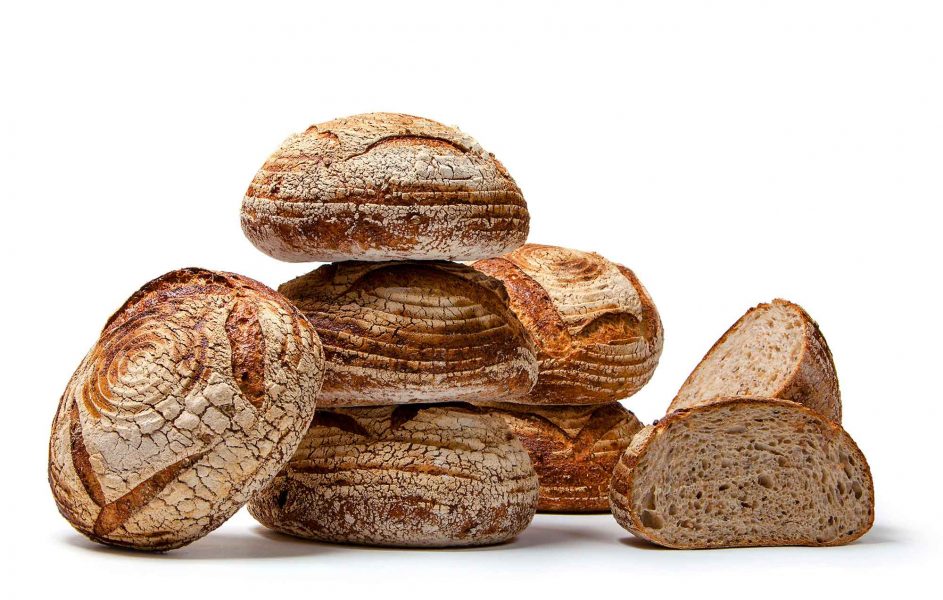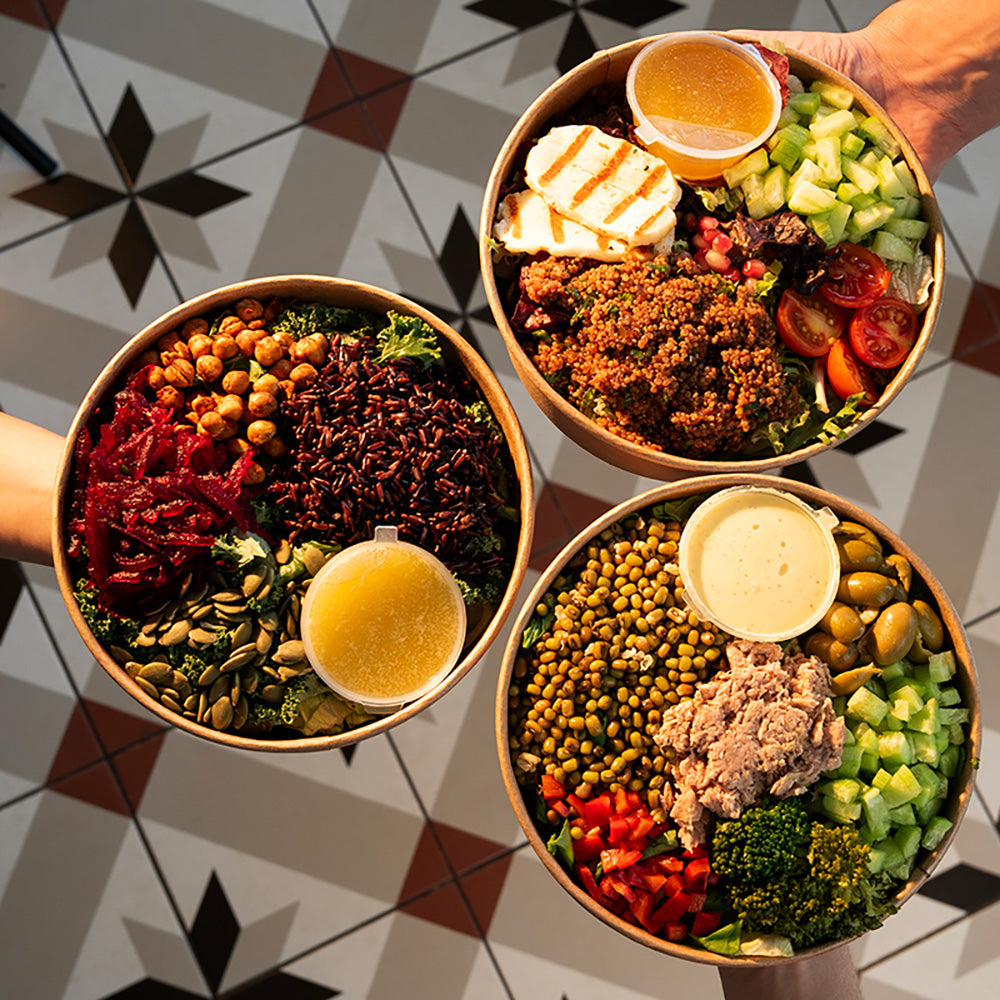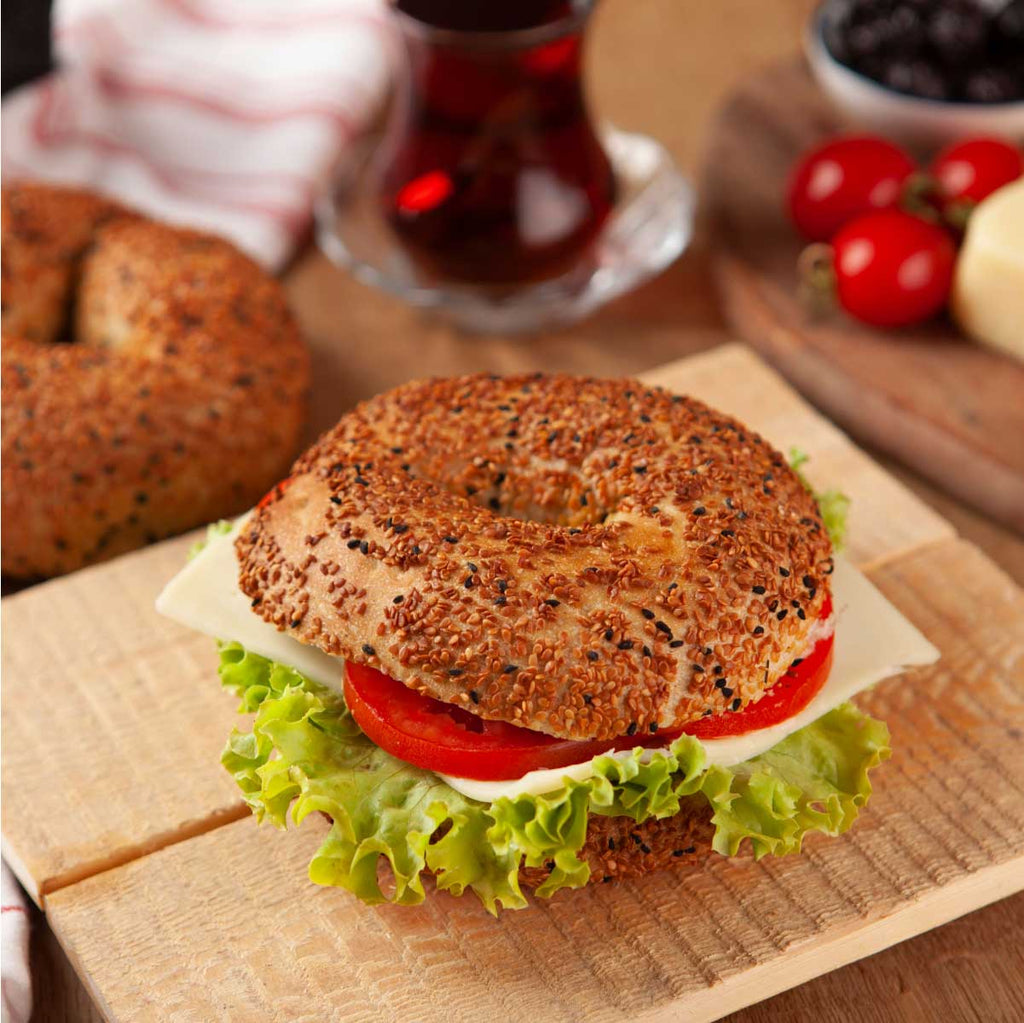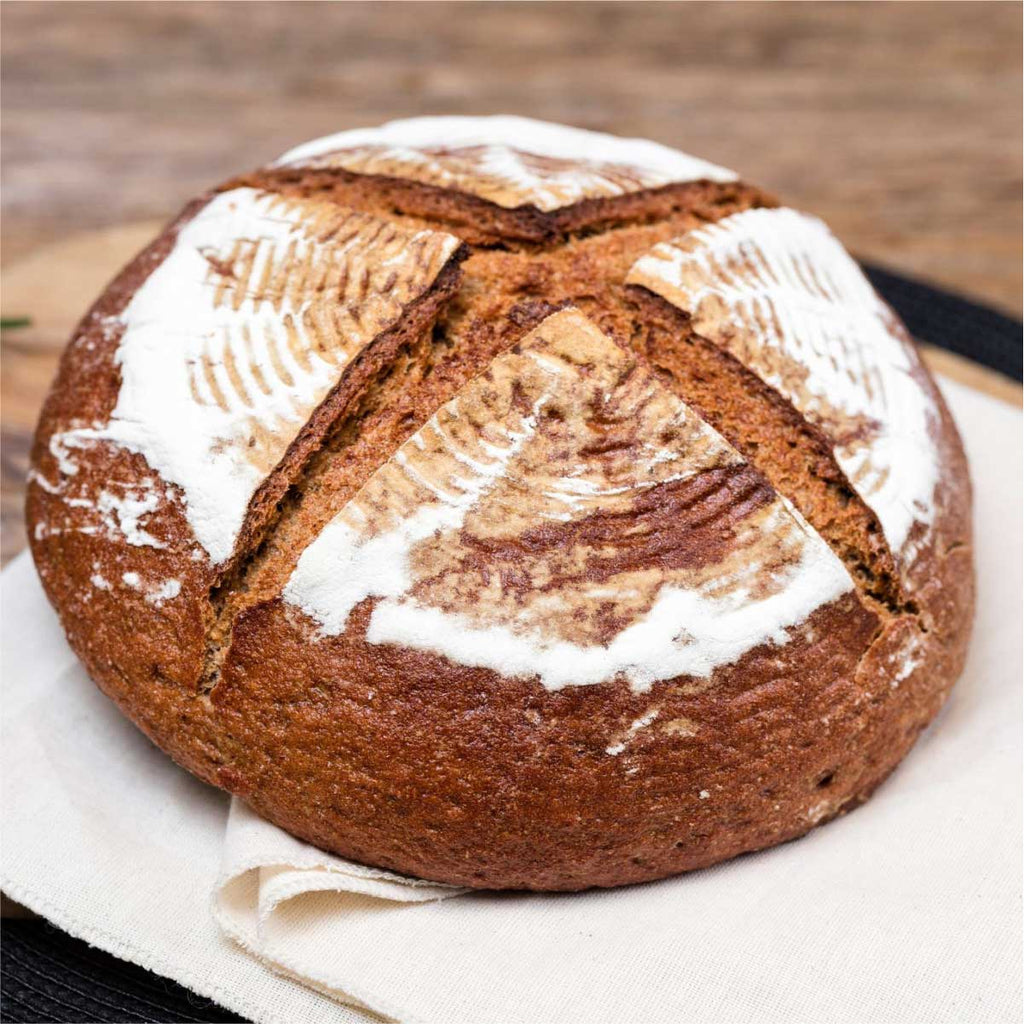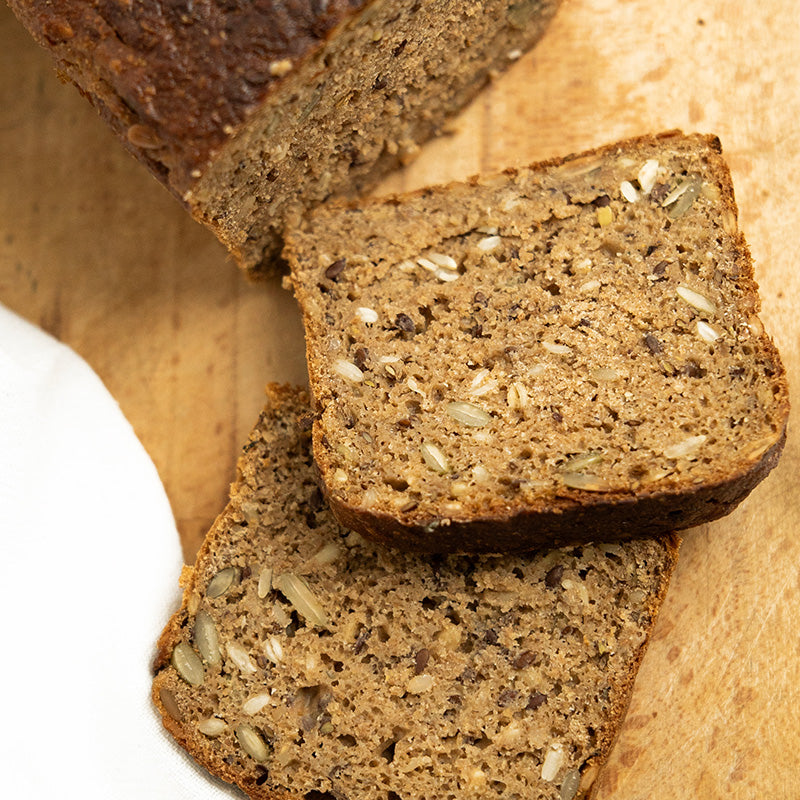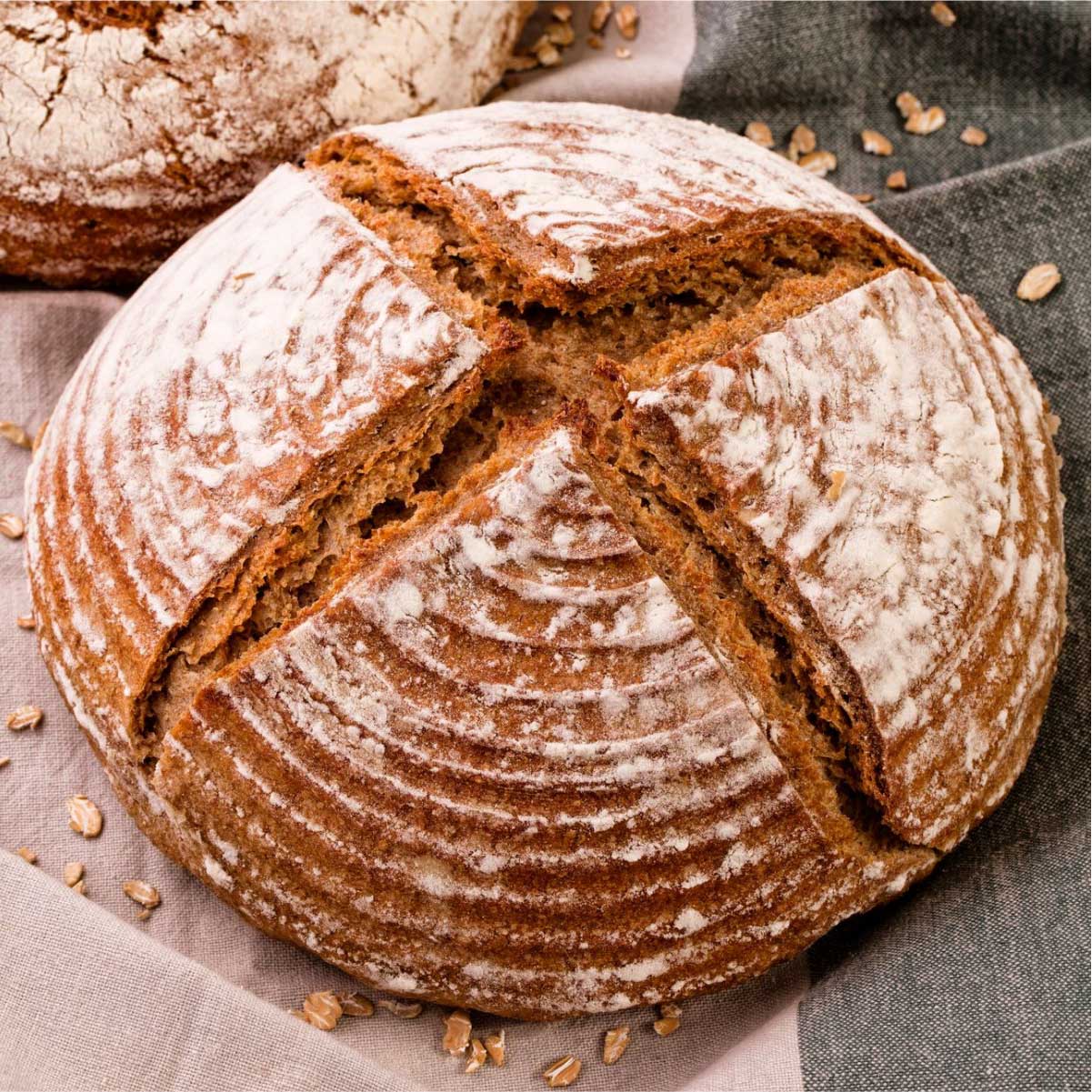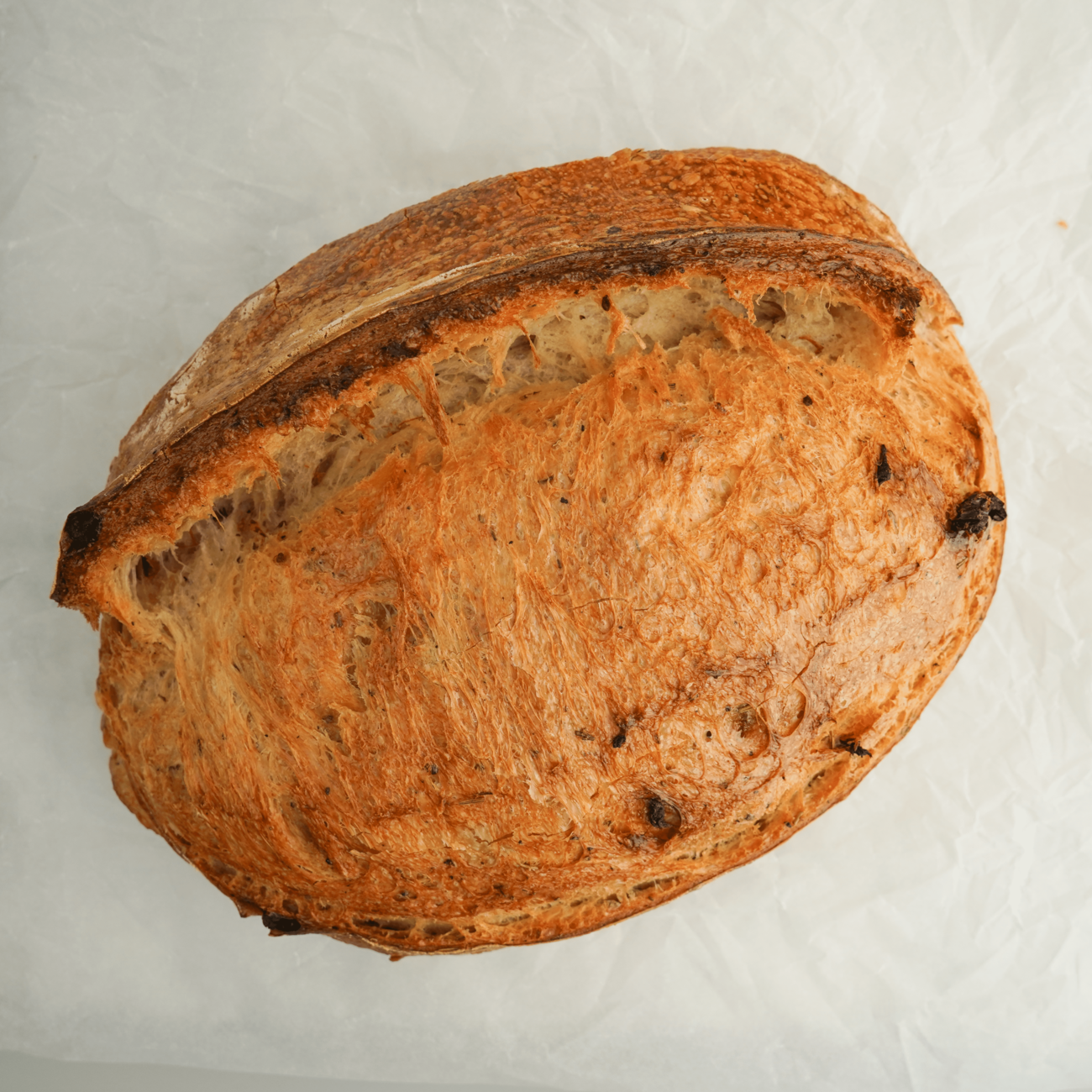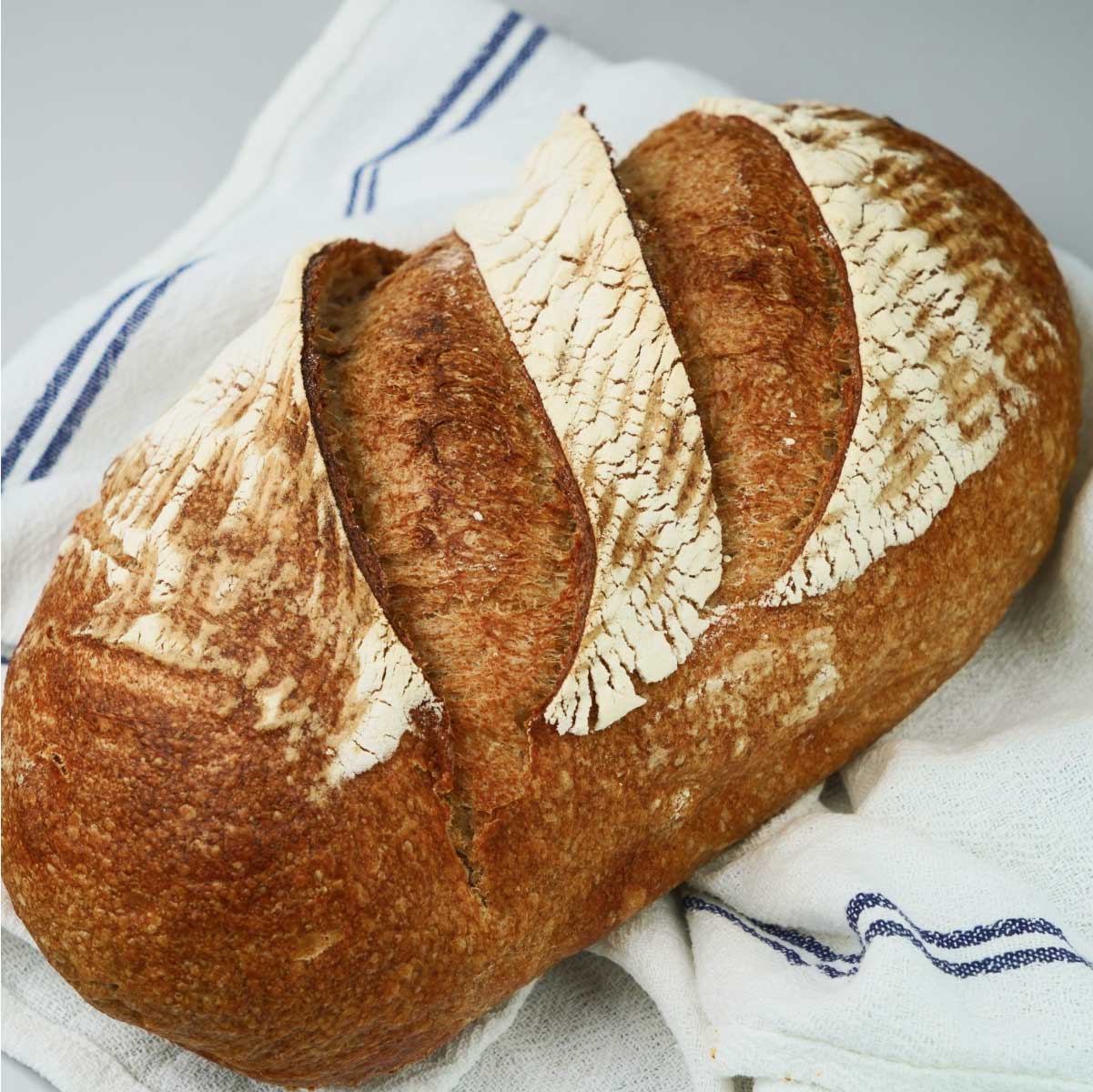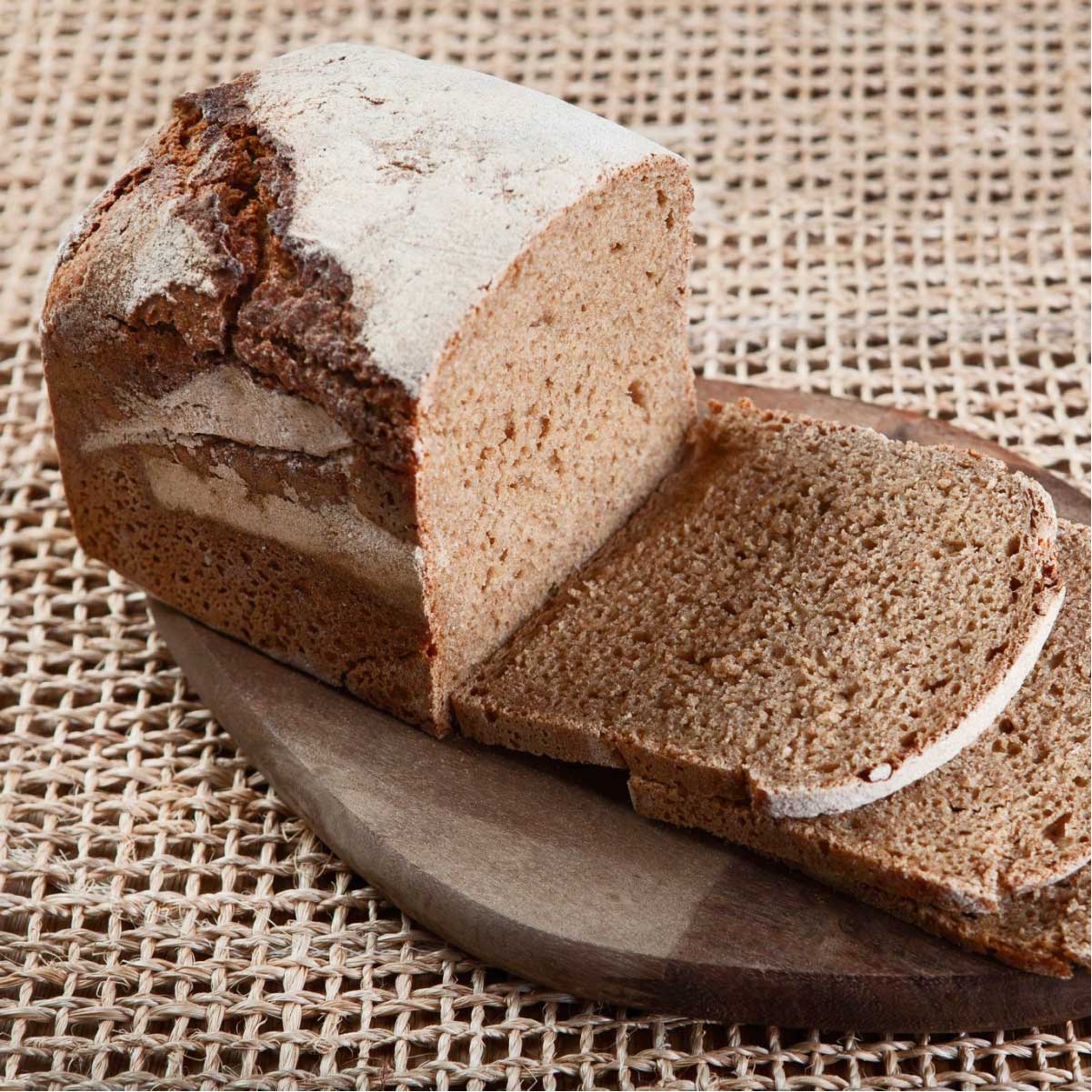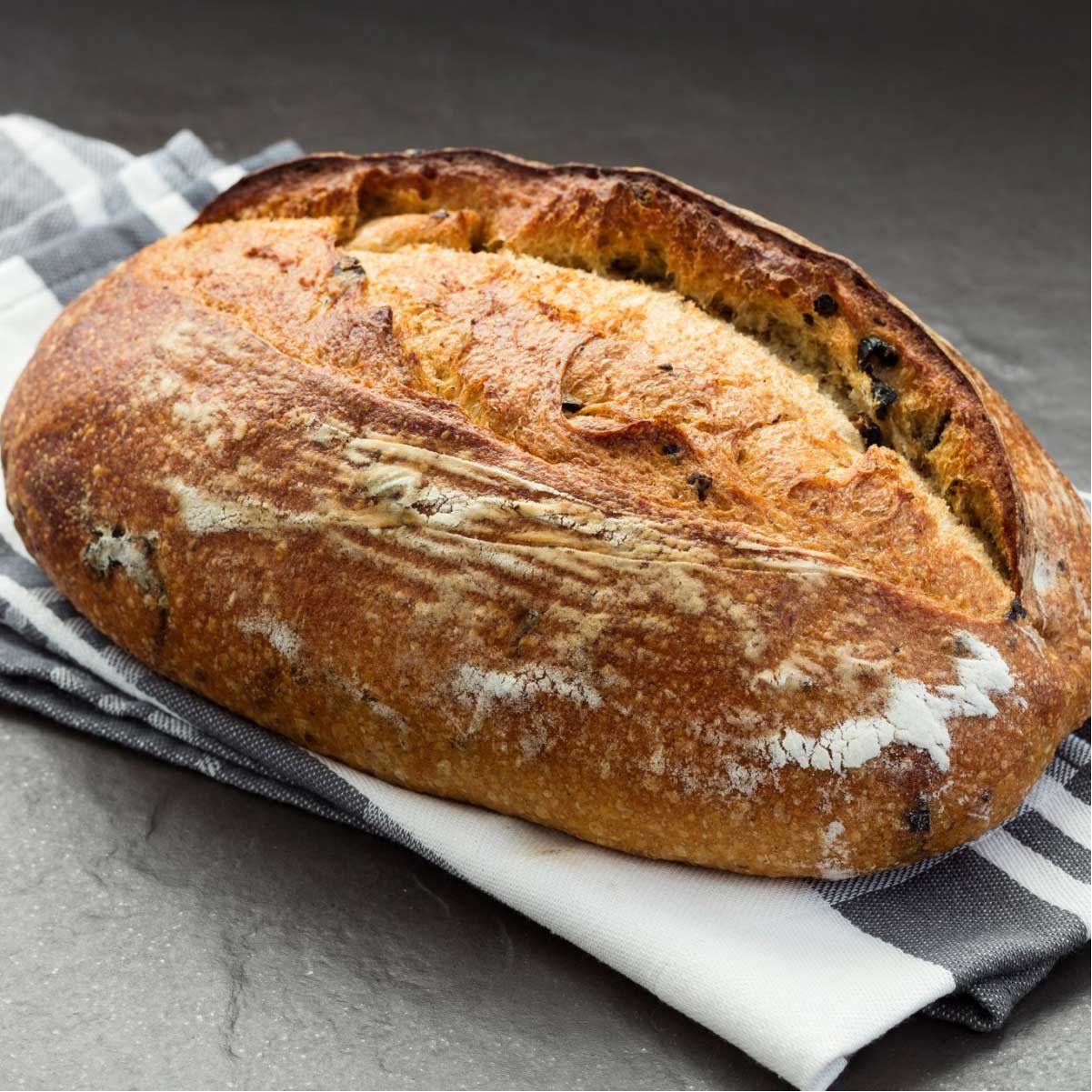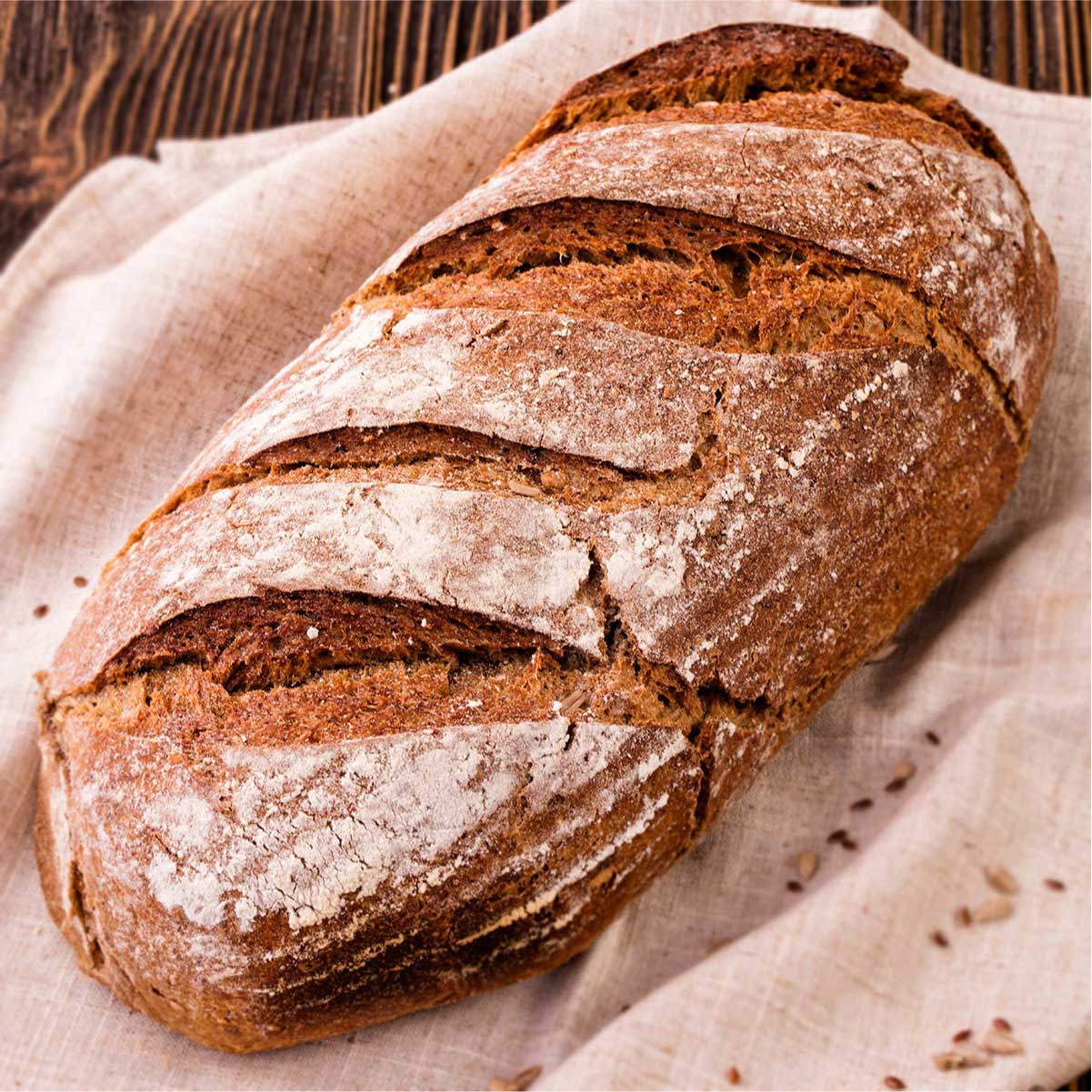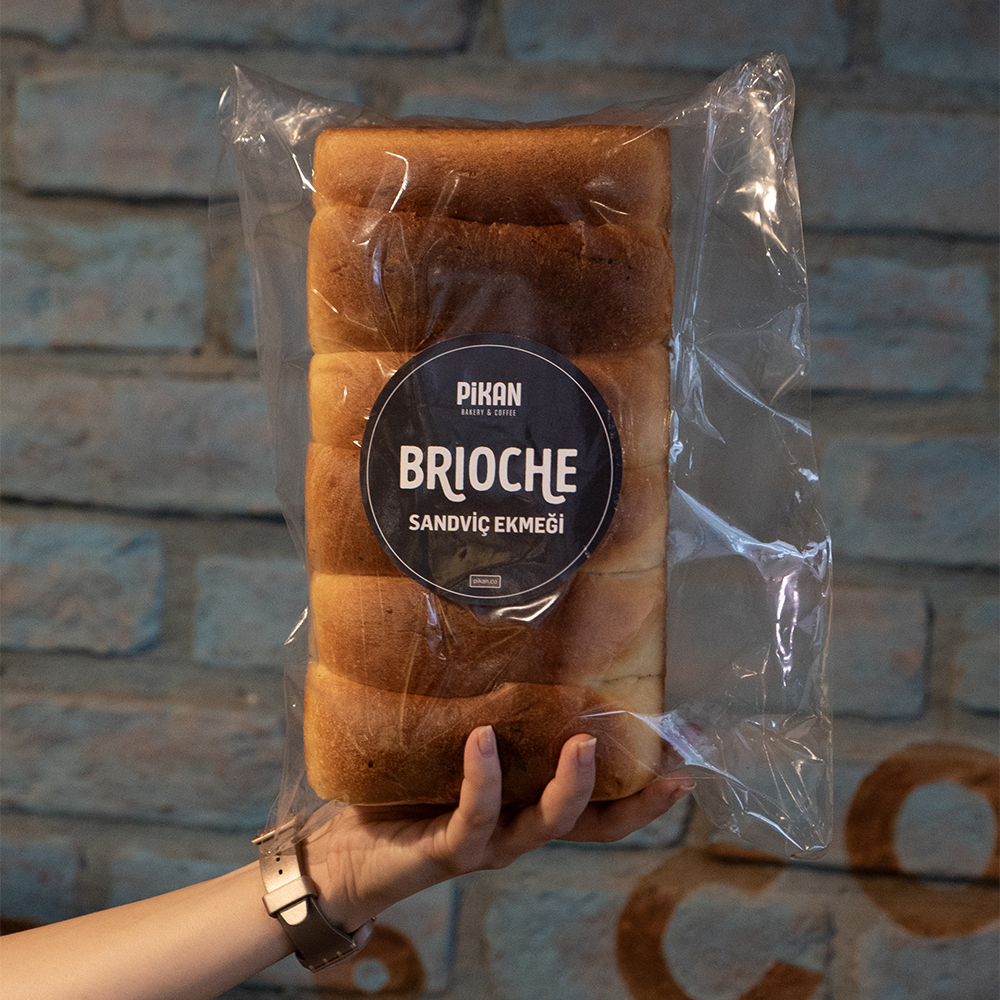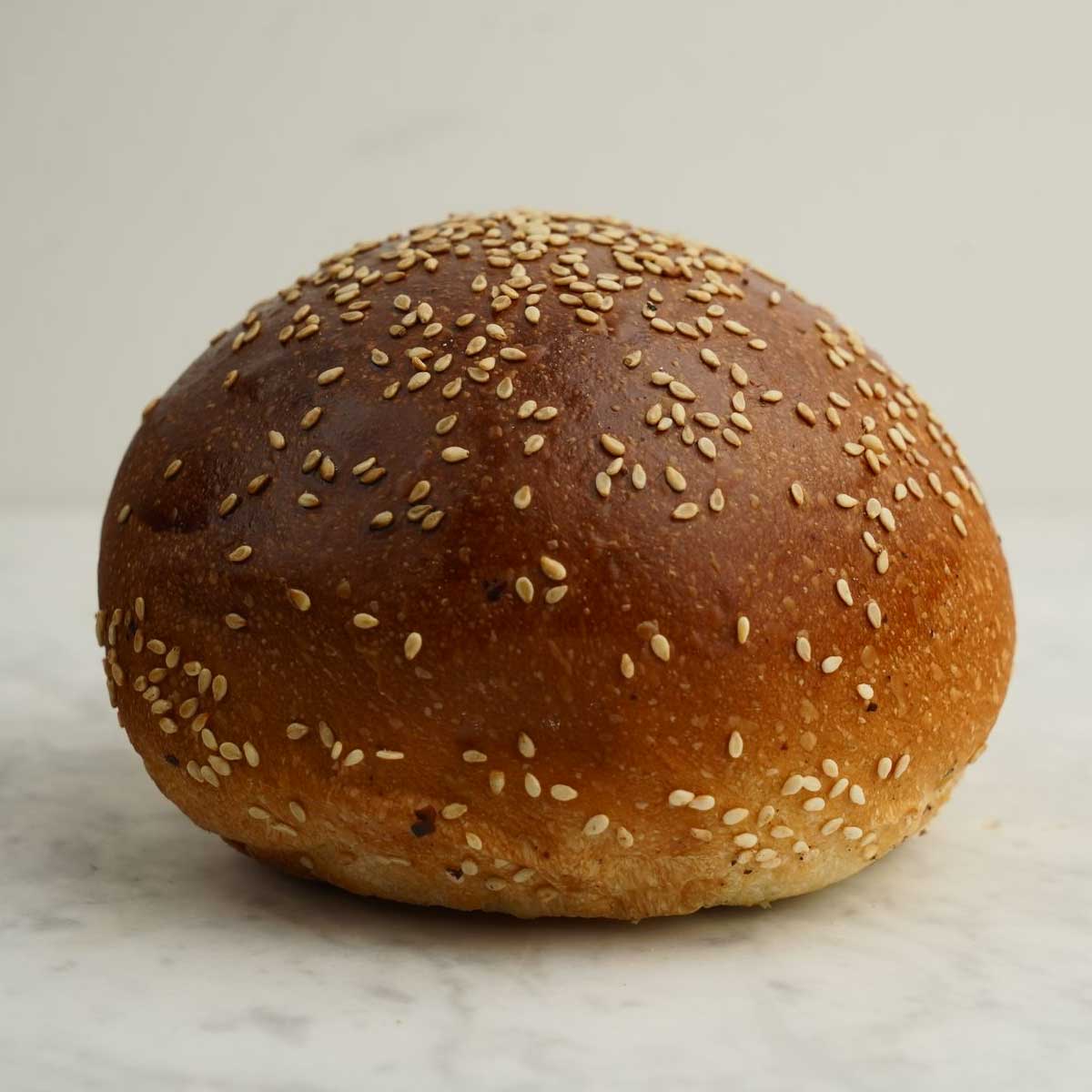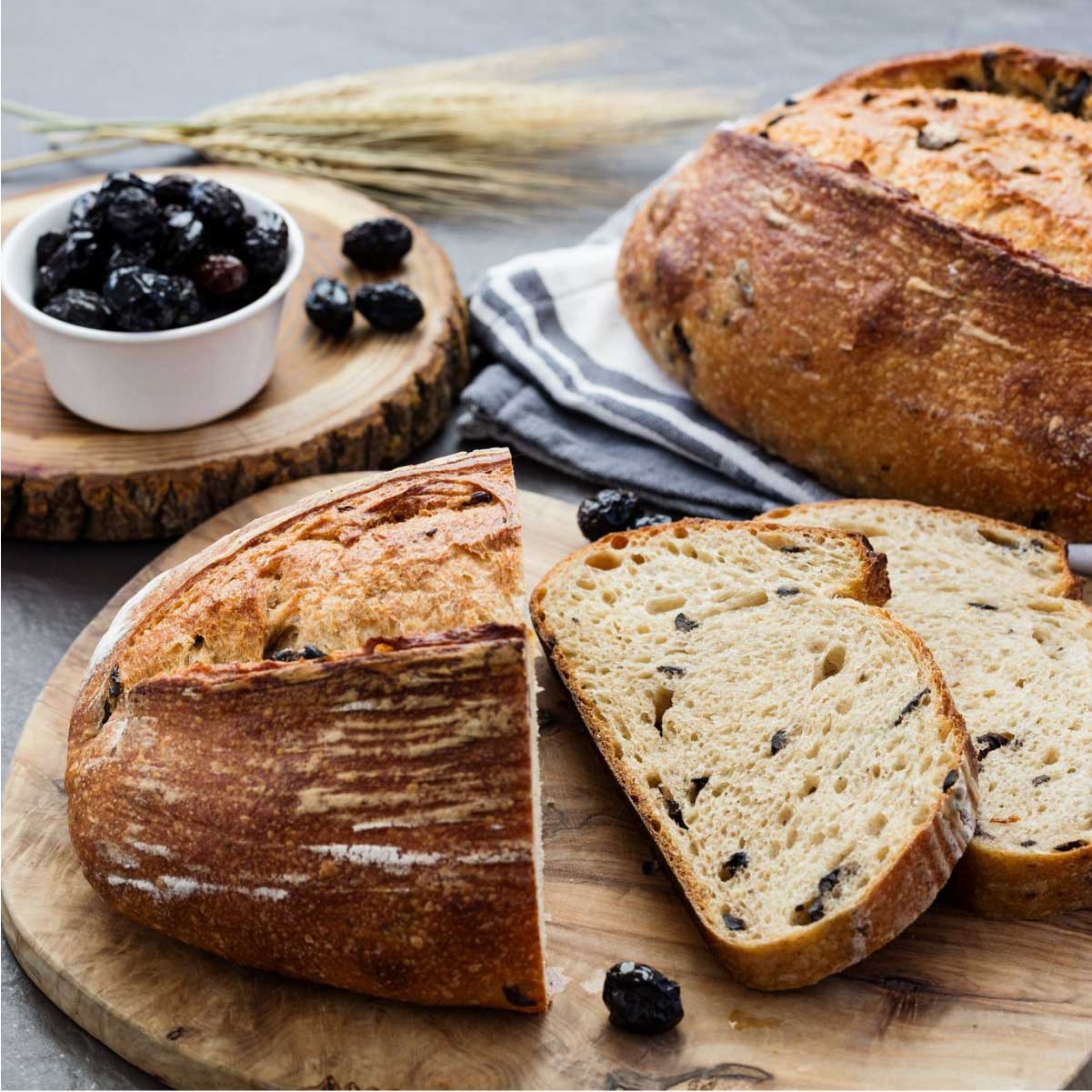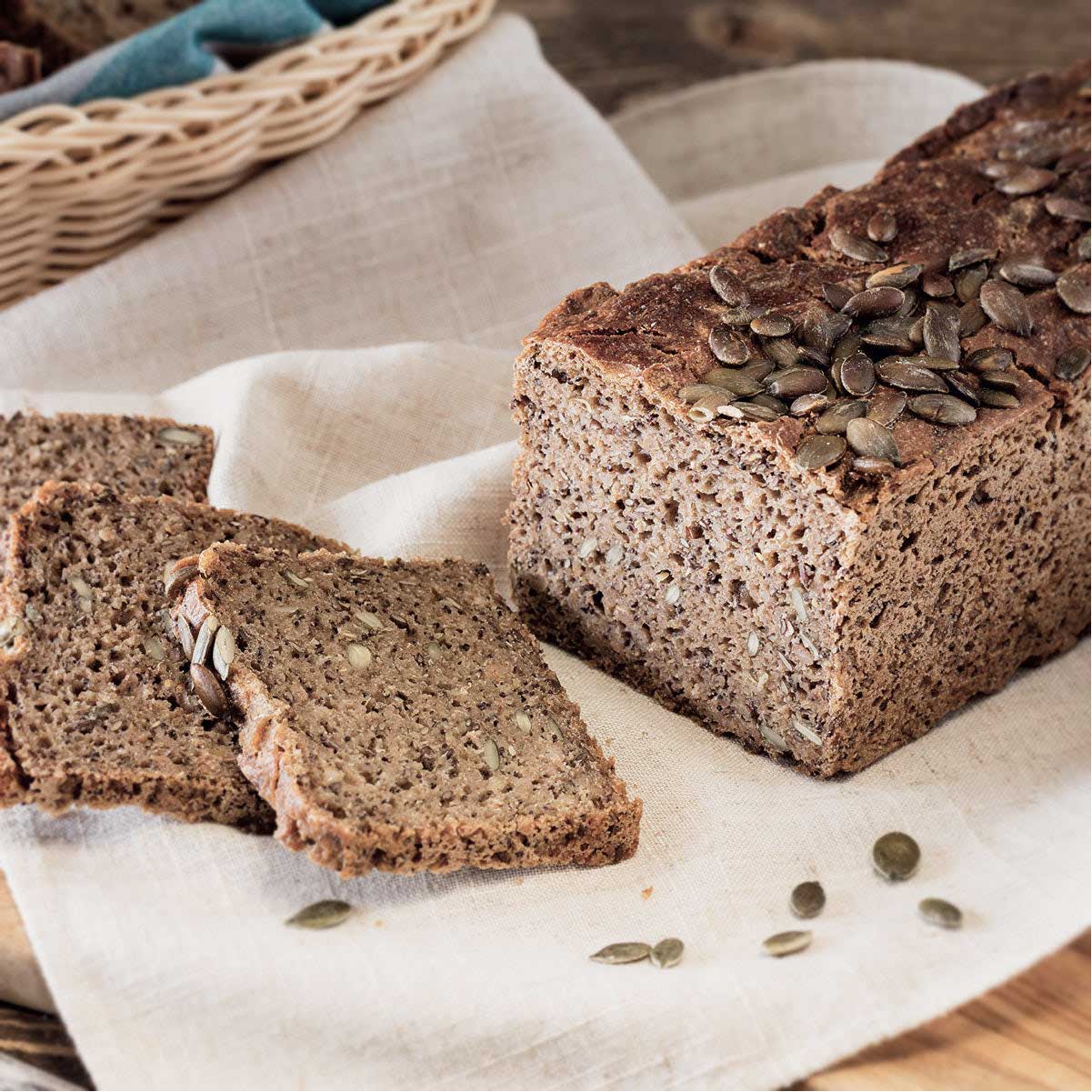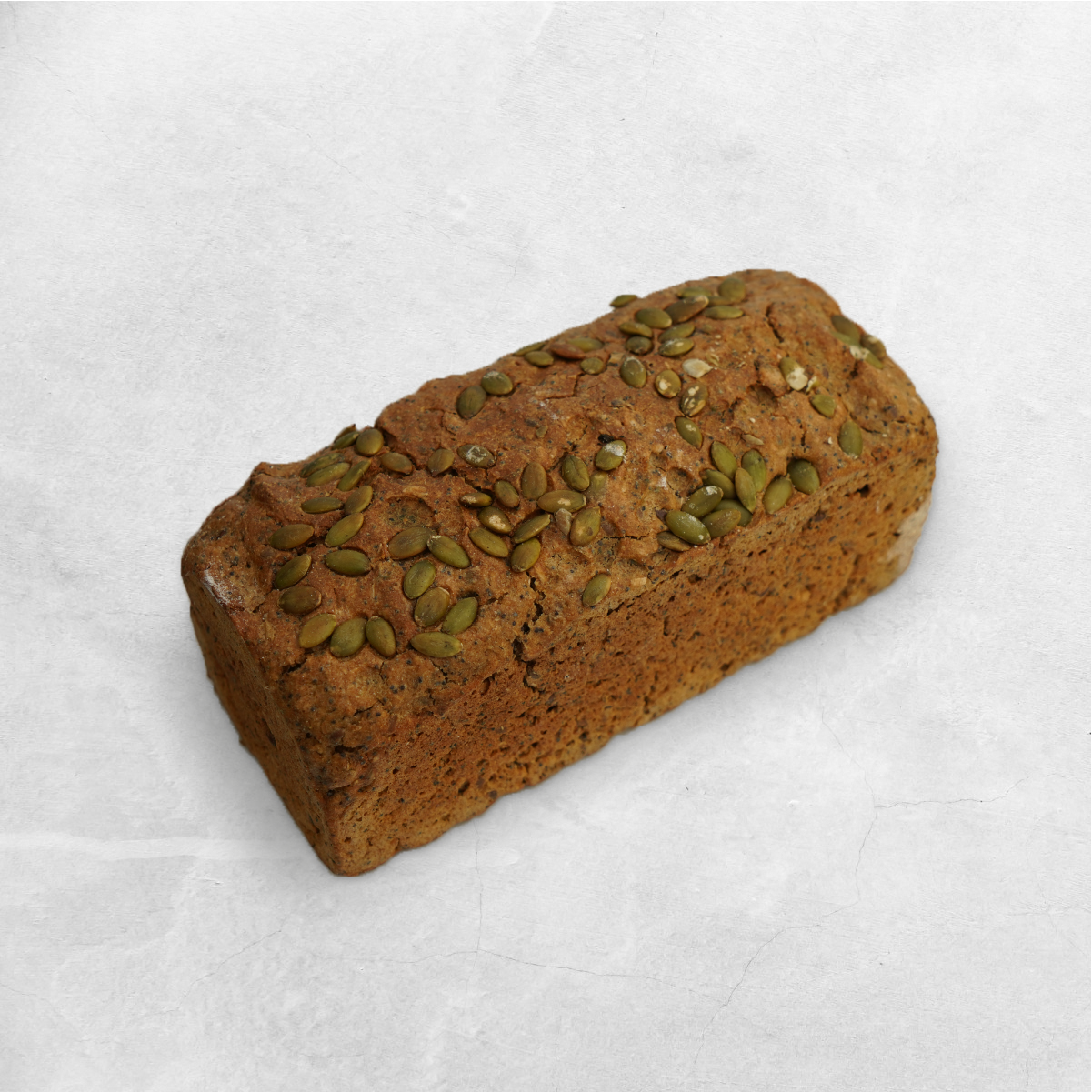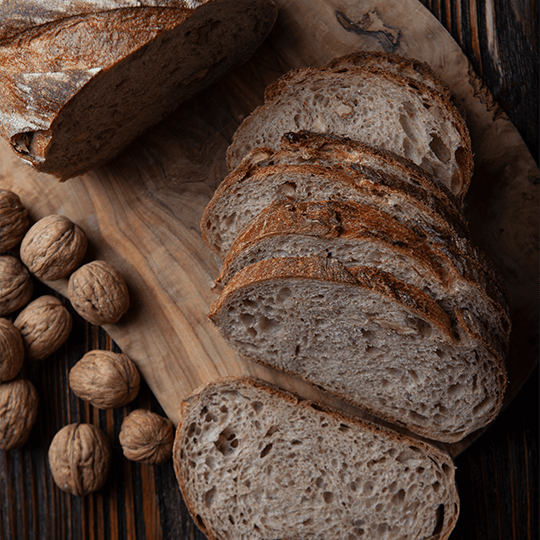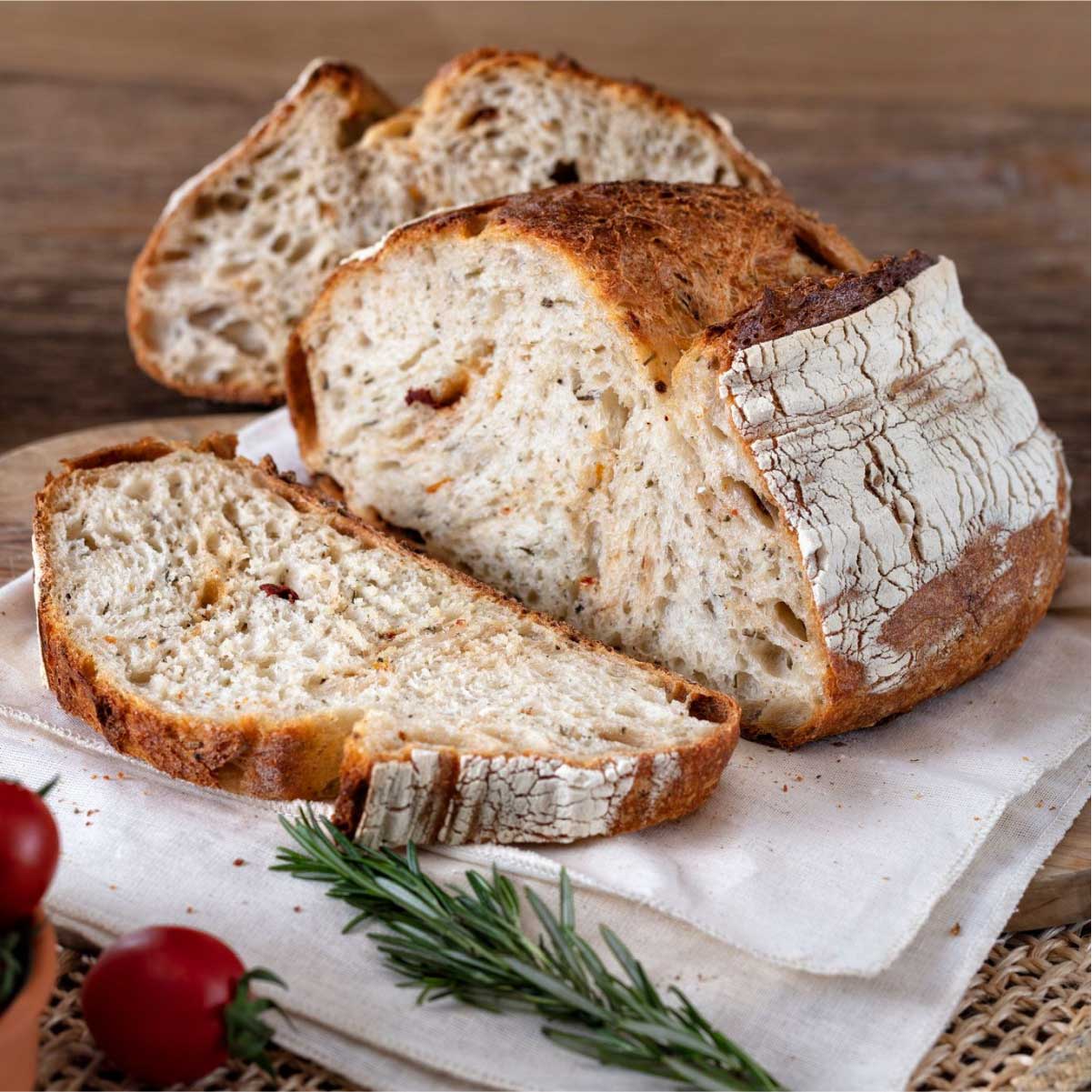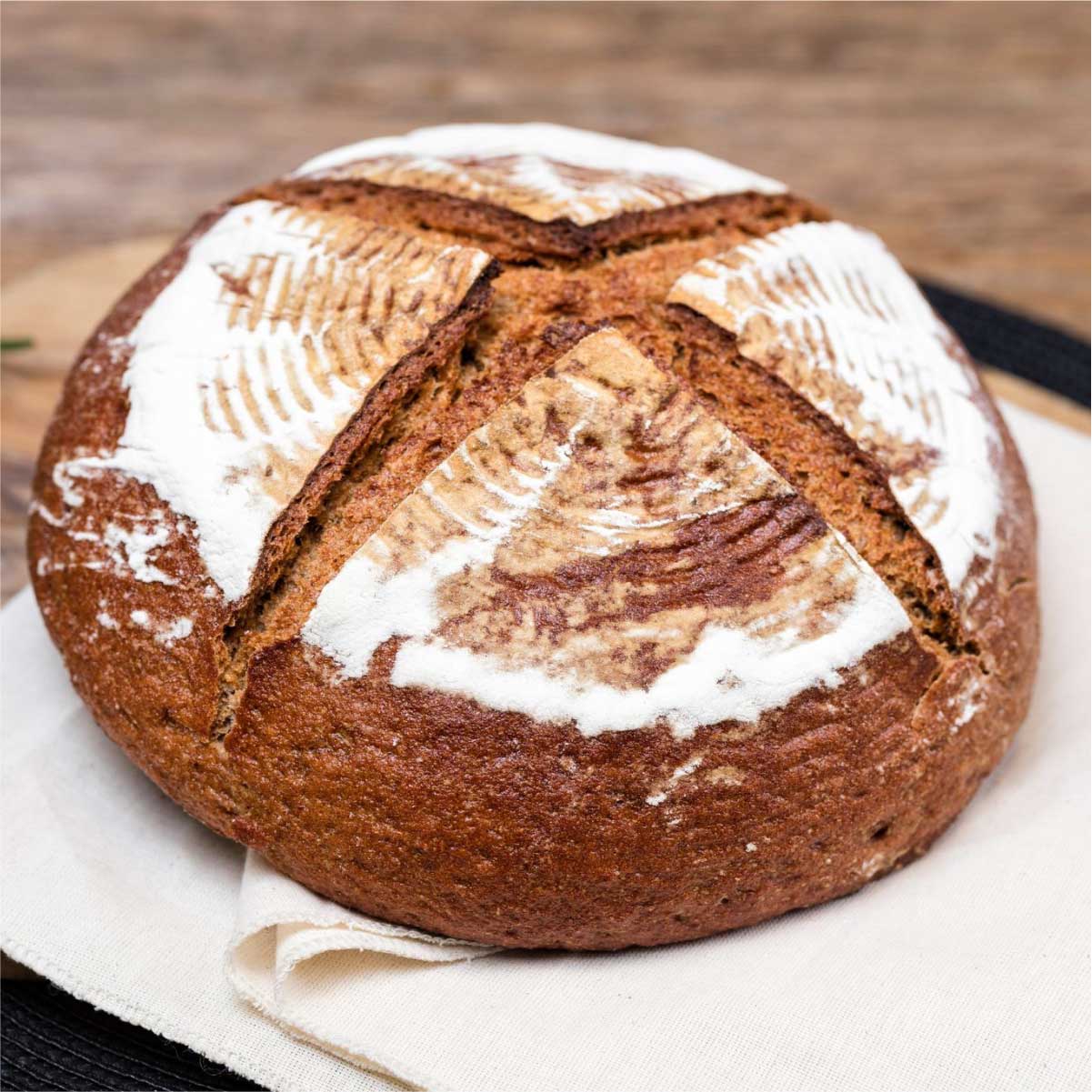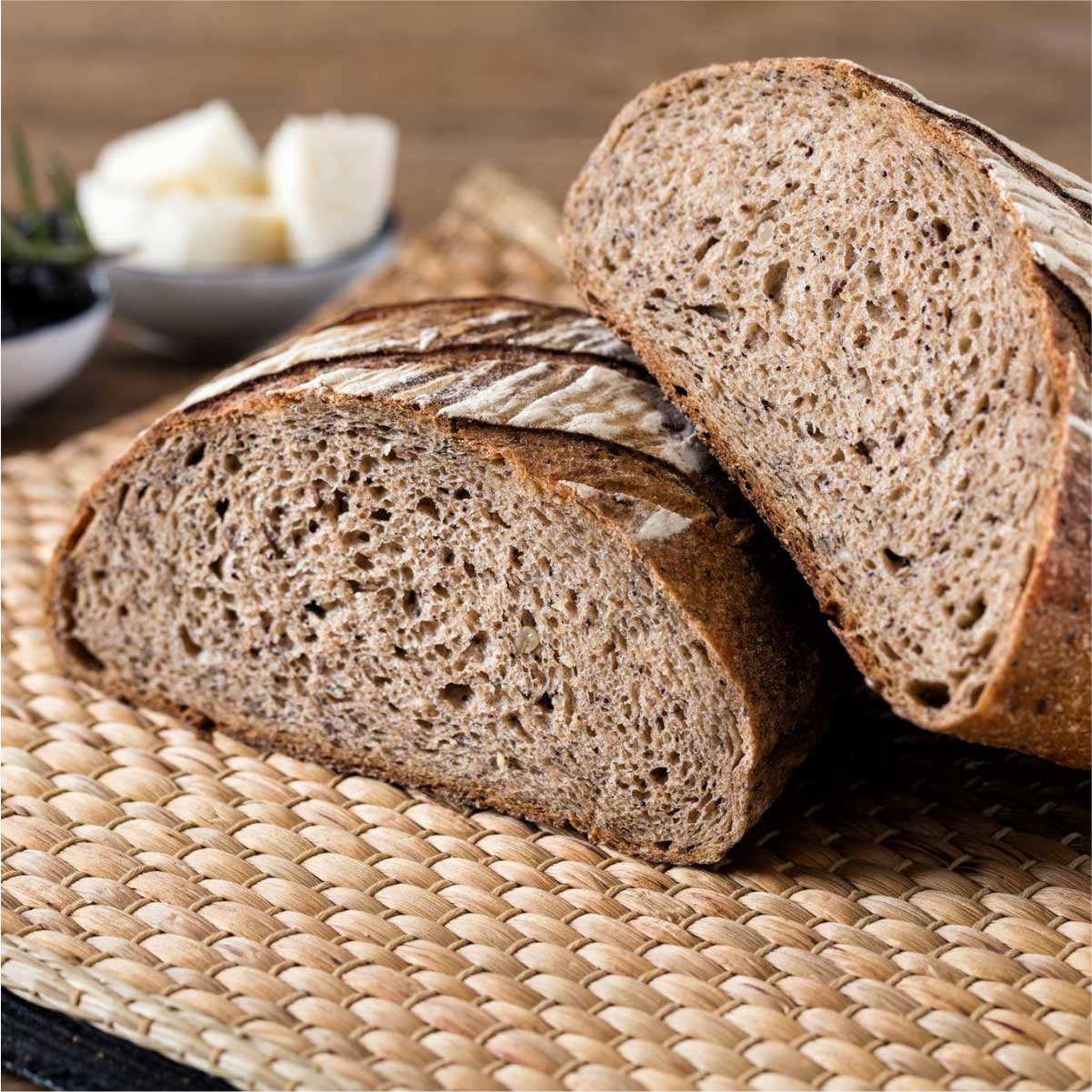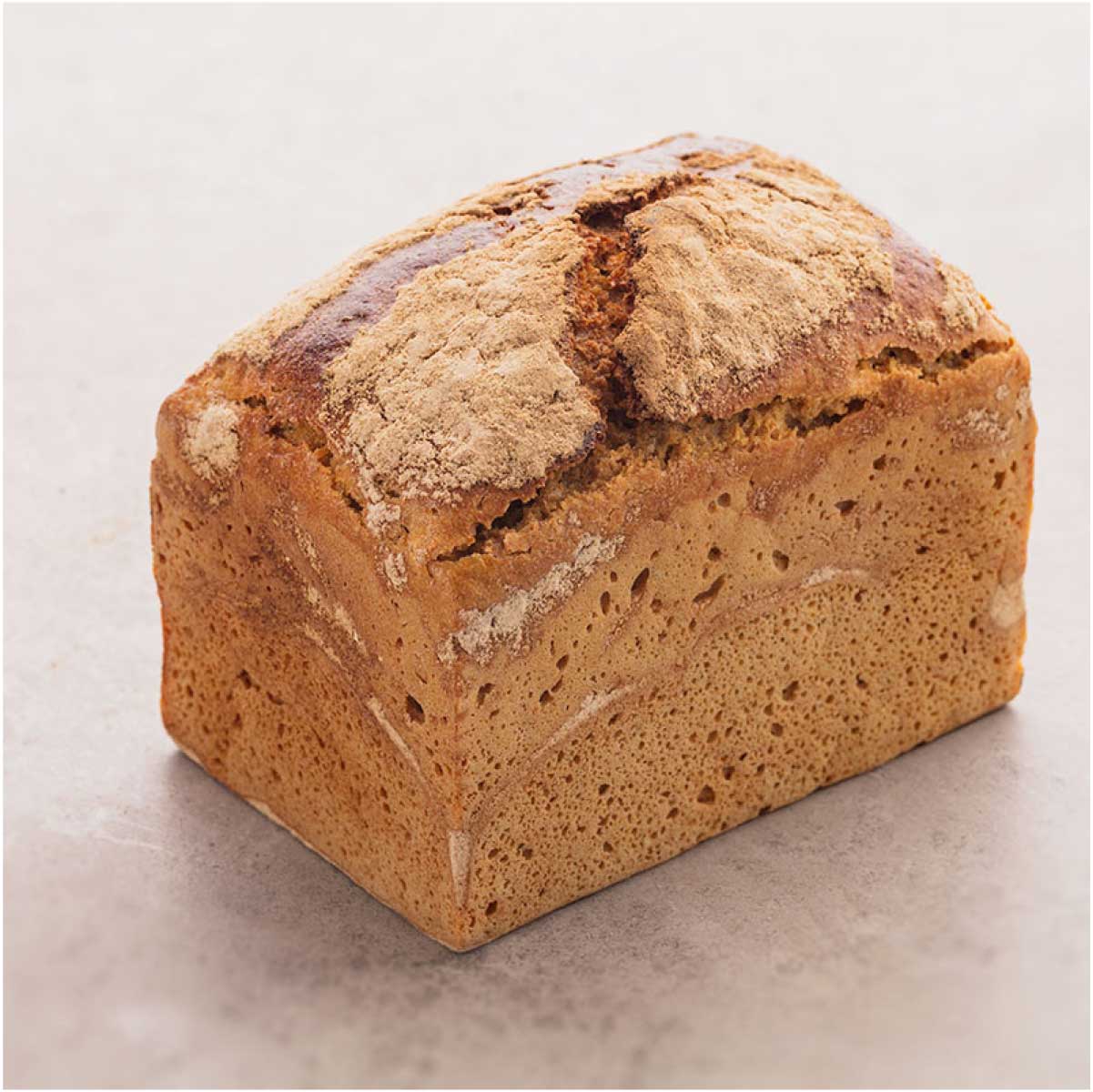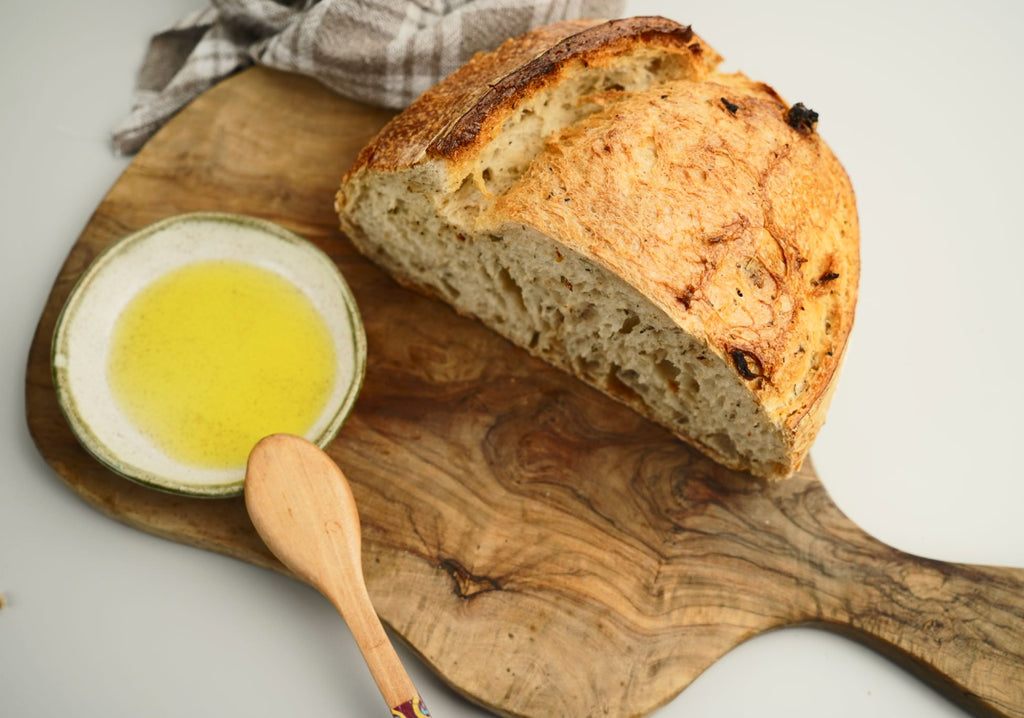
Bread Symbolism in Art

BREAD SYMBOLISM IN ART
Creativity, original thought and a free spirit can add emotion to the stone. Ordinary situations can become extraordinary according to the meaning attributed. Ordinary things can become extraordinary with a little touch of difference. It is art that enables all of this, making the visible appear as never before. Art is a part of the soul of man, the melodies he hears in his primitive mind when he does not know how to speak or write. Otherwise, why should people need music while living in caves, why would they produce flutes?
Contrary to popular belief, listening is a very difficult and important skill. You need to take time. When the mind can find time to listen to the heart, the hand can knead dreams. A person who thinks about his life has no time to spare for his heart. Art, which can be defined as the expression of a person who can find time to listen to himself in partly comfortable times and see the world differently, the bond of his soul with other spirits, the blending of the abstract with the concrete, and the language of feelings, is perhaps our most basic communication tool.
Artists, on the other hand, can find even an ordinary flower that attracts their attention as inspiring and reflect the mentality of their period in their works. Their hearts can touch the most important thing, the most interesting thing or the most problematic and distressing thing for the moment. Although they are basically independent of each other, they can also produce works related to certain movements, and when it comes to this point, the flower that is handled is not ordinary. It certainly has a meaning, the ideas that it was kneaded while being processed into the work.
BREAD IN HISTORY PAGES
Let's look at the importance of bread for people before moving on to what the bread symbolizes, which is reflected in the works.
In the later periods of settled life, livelihood was land. Earth was life. To live one had to eat, to eat one had to touch the earth. Bread, which was thought to have started to be produced in Mesopotamia at that time, was the most important food item for people, as well as the money earned in return for working. Breads dedicated to the dead and to the Gods gave birth to the calendar, and the need to know the number of grains stored to produce flour and the number of breads produced gave birth to writing. Revolution upon revolution!
They even reflected the bread in their religion, mythology, magic, treatment methods, poetry, even in their records and mathematics in today's sense. Who knows, maybe we, as people living in the Anatolian geography, sanctify the bread, the bread boat that commodifies the money earned as a result of doing business or the places where money is earned, playing with my bread, etc. These Mesopotamian beliefs are at the root of our use of idioms and proverbs.
BREAD AS META

Bread is not just an additive to the table for humanity. The extension of religious beliefs has become the symbol and reward of work, labor, productivity, and justified earnings, as an indicator of not only sustaining life by eating, but also how and in what ways one maintains life.
While it was such an important place for our lives, it was inevitable that it would be reflected in art in the years to come.
For example, in the Vanitas movement, which advocates remembering mortality without being deceived by the beauties of life, images carry meanings that remind mortality, such as fading, fading, and ending. Bread is one of the elements that convey the beauties of the world; It is considered as the most basic food that completely represents worldly blessings. Plants such as spike, laurel, wheat and acorn are indicators of immortality. In addition to the association of wheat with fertility and holiness, the fact that all the icons associated with immortality are plants reflects the sanctity of the soil and the seed.
Painters whose country was struggling with famine or depicting the gloom of wartime used bread as a sacred blessing, depicting the desire to hold on to life against poverty and misery, and those living in a higher level of prosperity were used to represent fertility and festivities.
For example, in a drawing depicting Ottoman iftar tables, bread is indispensable. Bread commodity, rooted in human knowledge, is generally reflected in art as a mediator of abundance, fertility, peace, long life and happiness.
After all, bread, which was our sole and then the most important pillar of our existence for many years, could not be reflected in the art movements that we reflect our souls on, right?


